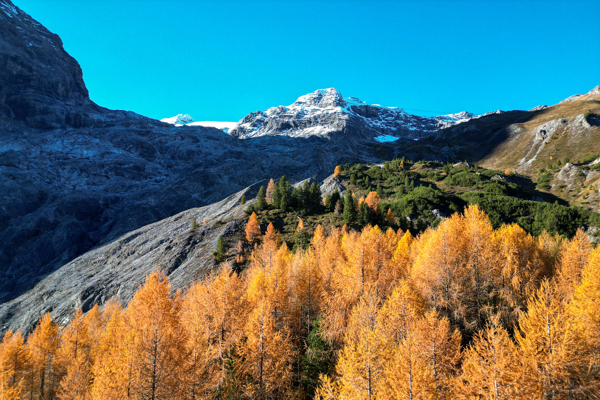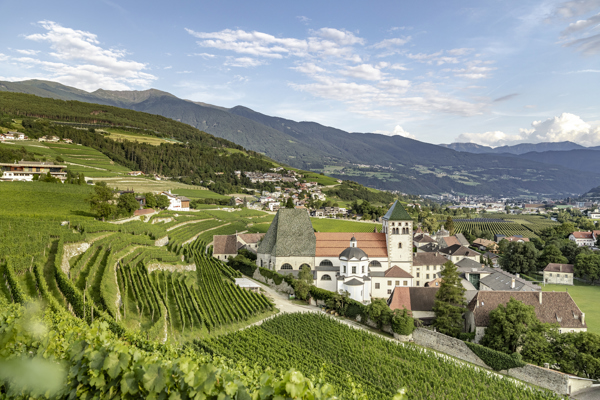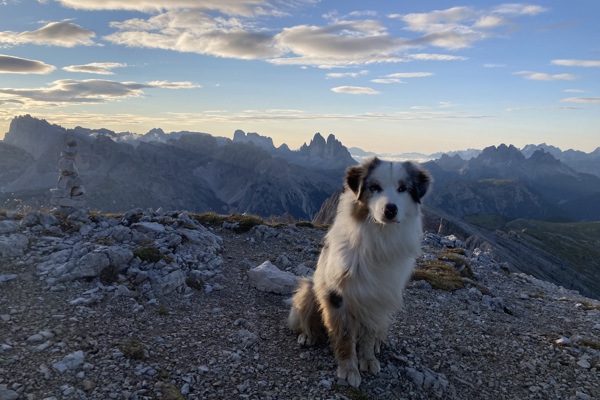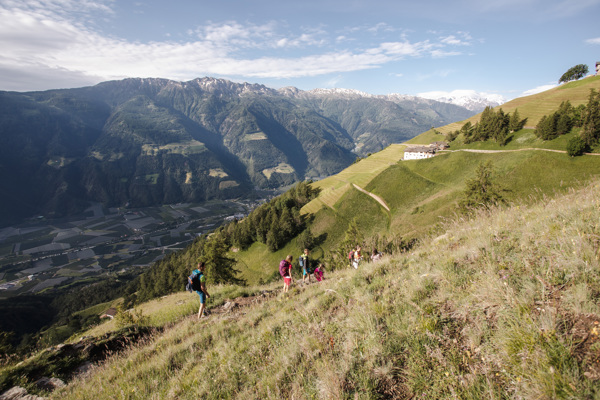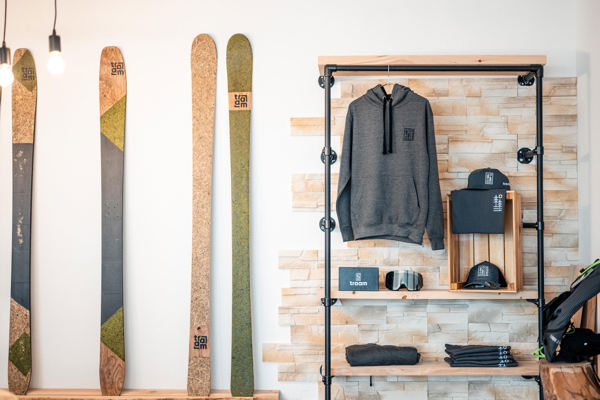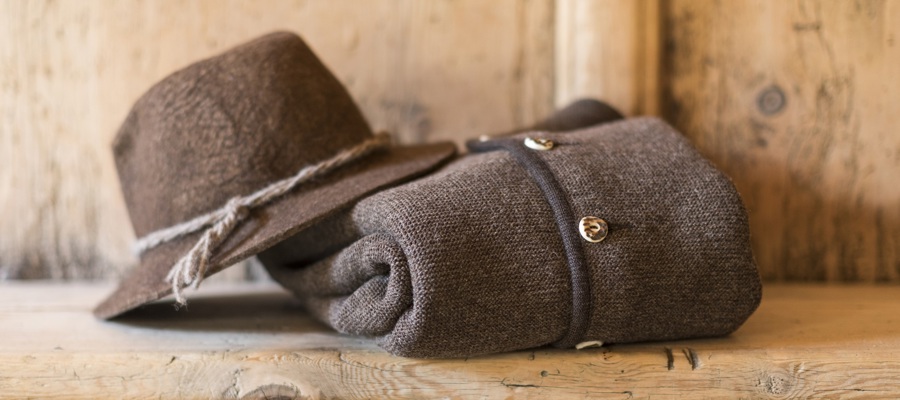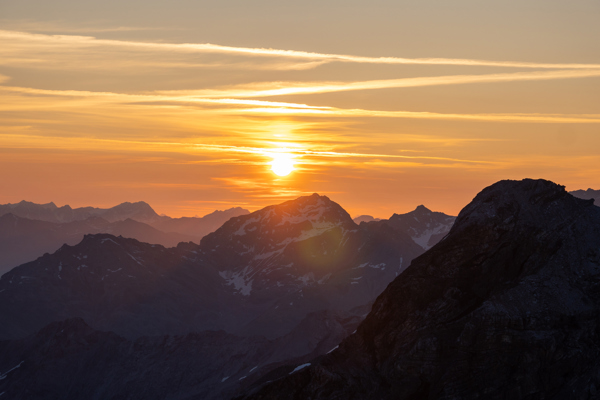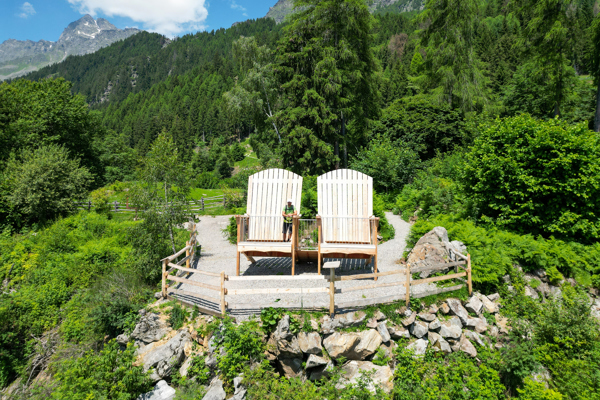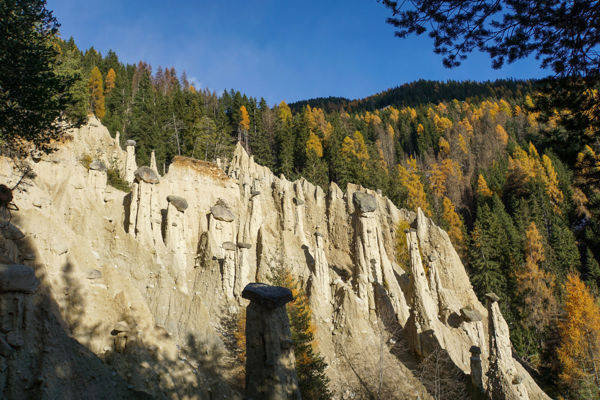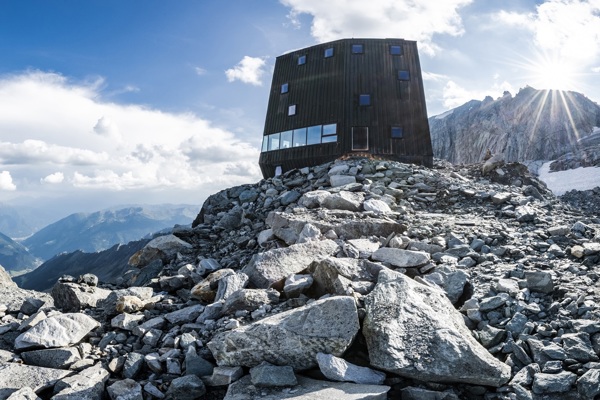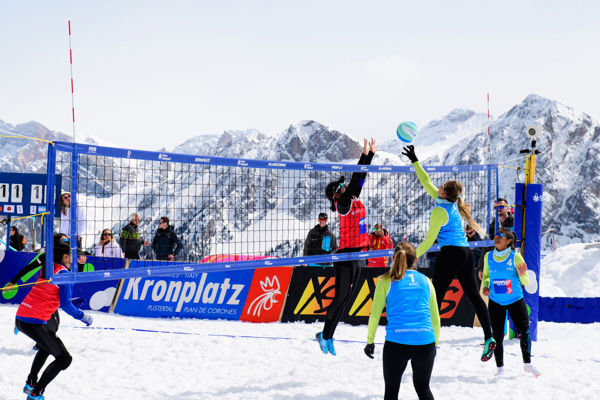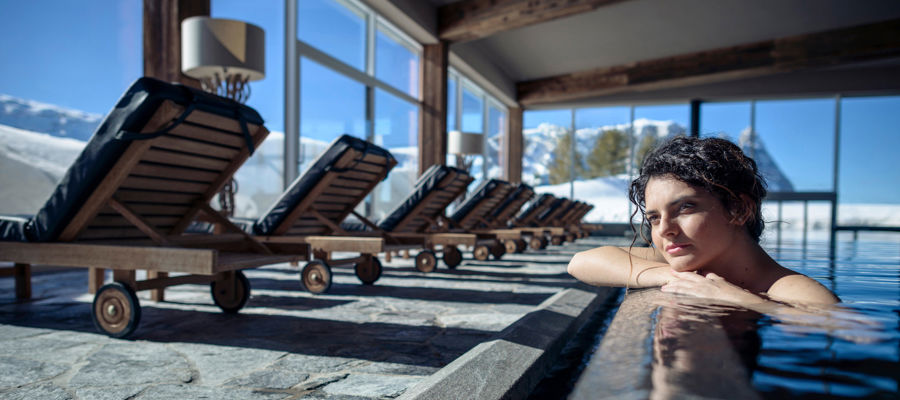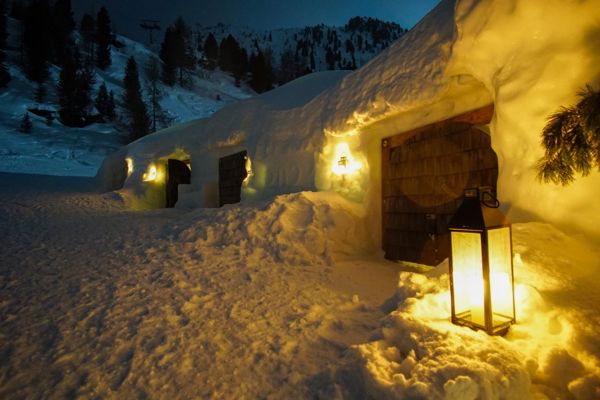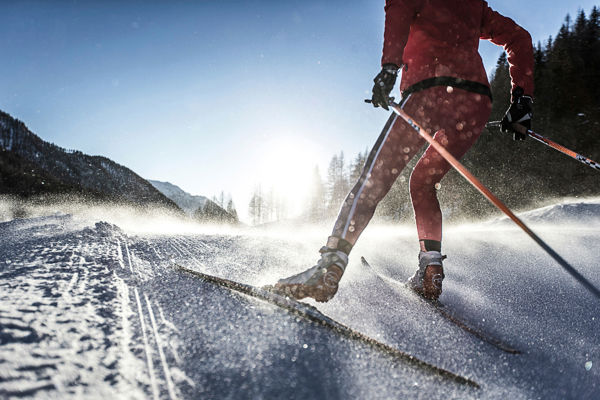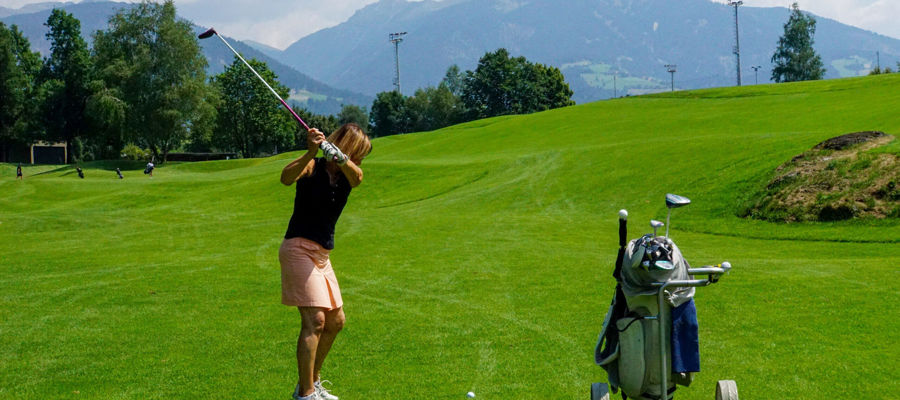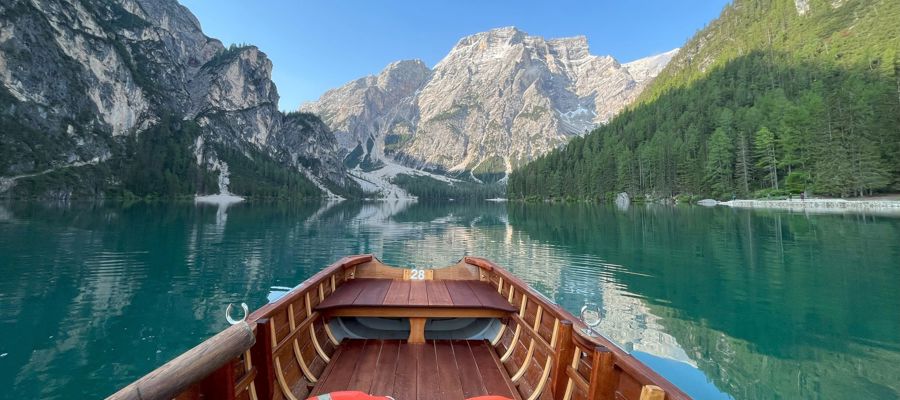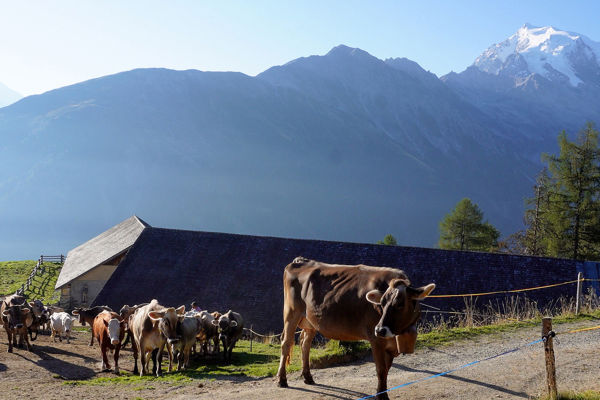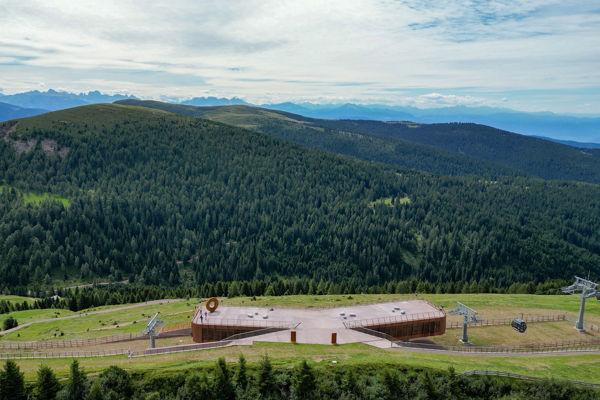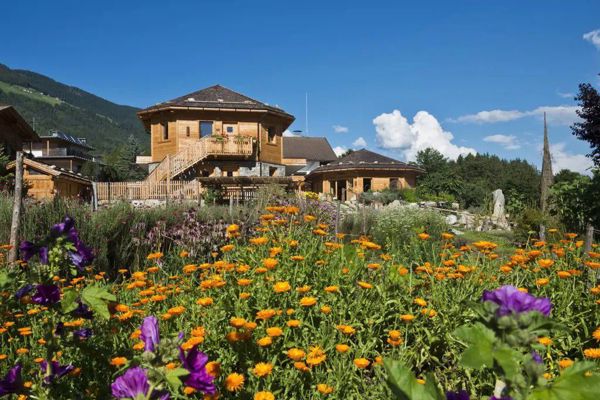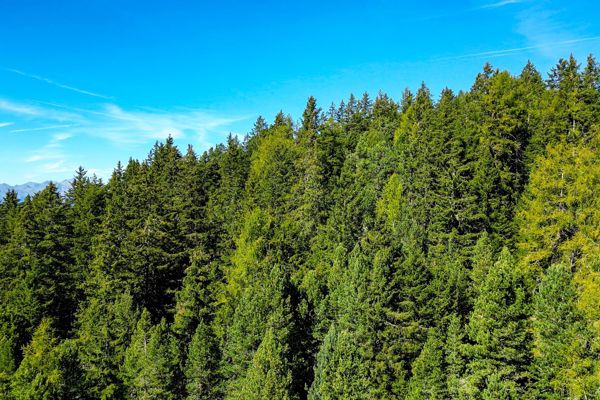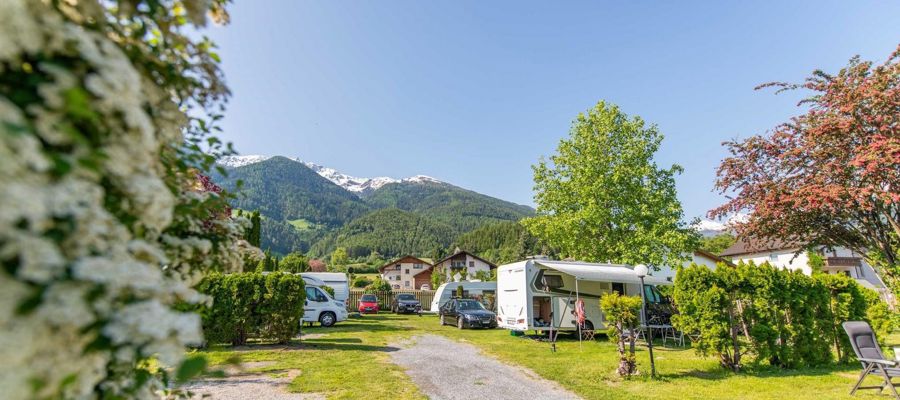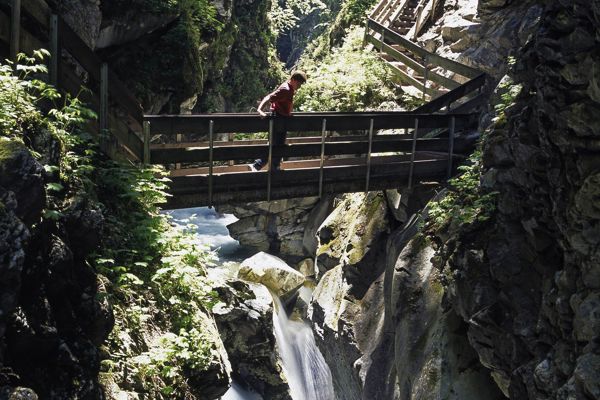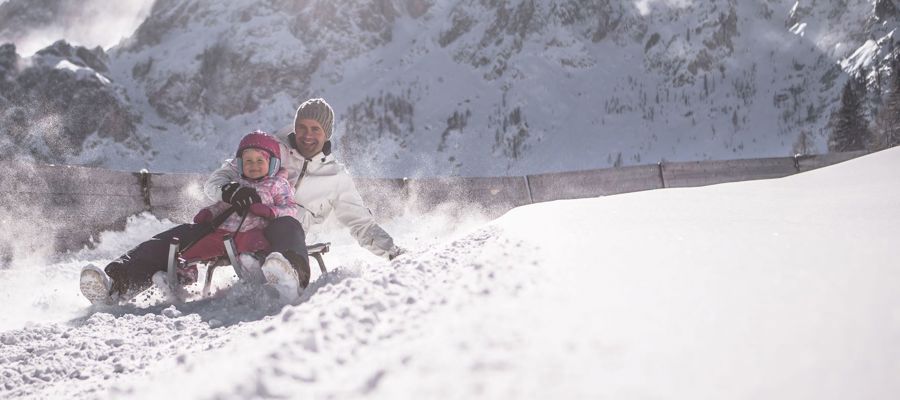How to Deal with Wild (and Domestic) Animals in South Tyrol
Walking through the woods, meadows, and peaks of South Tyrol means entering one of the most biodiverse regions of the Alps. Here, nature still reigns supreme, and encountering wild animals in their natural habitat is not uncommon: roe deer crossing mountain pastures at dawn, marmots whistling among the rocks, eagles soaring overhead, or more rarely, wolves and bears, which are gradually returning to the Alpine landscape.
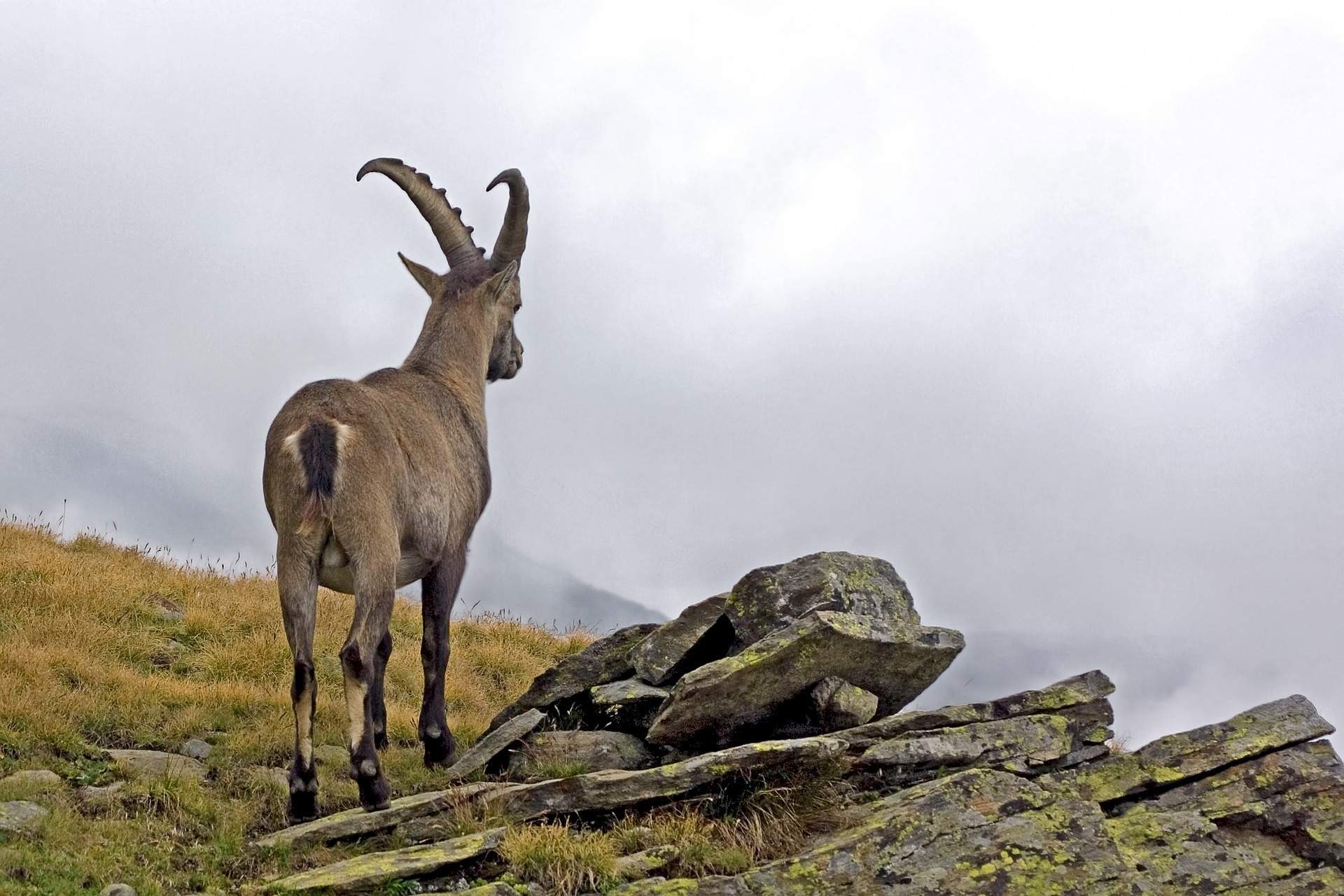
If you are in the high mountains, you might come across an ibex!
Sergio Cerrato - ItaliaThese encounters, thrilling and often unexpected, remind us that we are guests in a delicate ecosystem, where every human presence can have an impact. For this reason, it’s essential to understand how to behave appropriately, not only for our own safety, but also to protect the animals and help preserve this precious environment.
In this article, we’ll guide you through the best practices to follow in the mountains when you meet wildlife. We’ll differentiate between potentially dangerous animals, such as bears and wolves, and more common but still vulnerable species like deer, birds, marmots, squirrels, insects, and livestock. Because truly experiencing nature means knowing how to respect it.
Why Protect Wildlife?
Spending time in the mountains means entering a finely balanced ecosystem where every living being plays a vital role. Ungulates, predators, birds, and insects help regulate natural processes such as grazing and vegetation growth. Disrupting this balance can lead to soil erosion, habitat loss, and a decline in biodiversity.
Coexisting peacefully with wildlife also protects humans: disturbances caused by hikers, such as loud noises, can startle animals, triggering defensive reactions or sudden road crossings, which may result in serious accidents.
Large Predators: Bear and Wolf 🐻🐺 – A Stable but Shy Presence
Wolves and bears are making a comeback in the Alps, thanks to improved habitats and effective protection measures. In South Tyrol, sightings of wolves and seasonal appearances of bears have been recorded in areas like the Mendola Pass, Vinschgau Valley, Rittern, and Pustertal Valley.
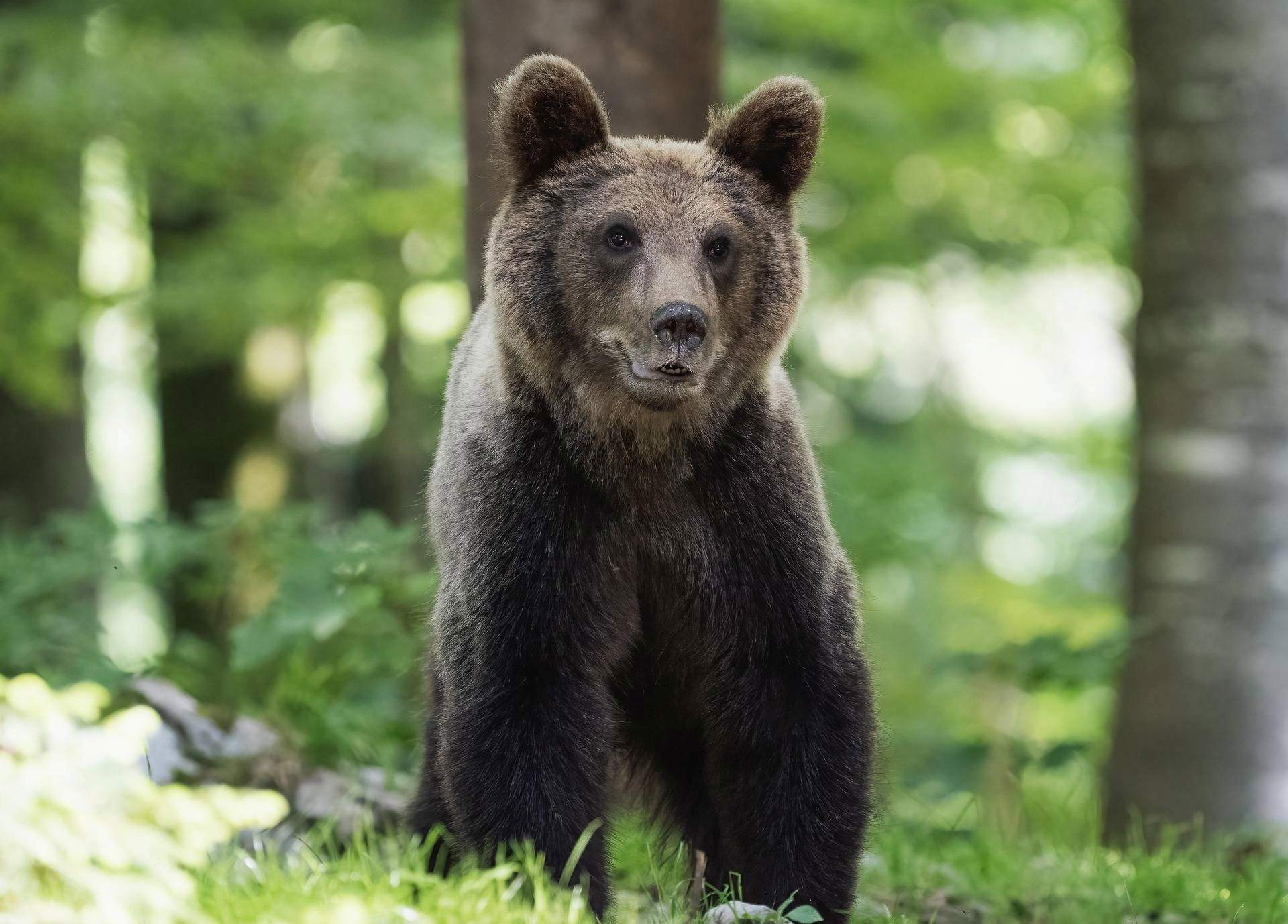
Bears in the woods are at home, it is we who need to know how to behave in order to coexist peacefully.
Simone CappellariIf you encounter a bear:
- If you come across a bear cub, move away cautiously, its mother is likely nearby and may perceive you as a threat.
- If you see an adult bear stand on its hind legs, it’s not a sign of aggression. The bear is trying to get a better view of an unknown object (you). Remember: bears don’t see well, but they can run as fast as a horse and are excellent climbers.
- Never disturb a bear while it is eating or resting.
- If you encounter a bear, back away slowly, do not run, maintain eye contact and leave the bear a clear escape route.
- Bears generally don’t attack unless provoked. If a bear shows threatening behaviour, it’s usually trying to scare you off. Do not throw stones or sticks at it.
- If you’re lucky enough to see a bear from a distance, stay put and observe it from at least 100 metres, never try to get closer!
In the unlikely event of an attack:
- Put something between you and the bear, like a rucksack or basket.
- If that doesn’t help, lie on the ground, pretend to be dead, and protect your head with your arms.
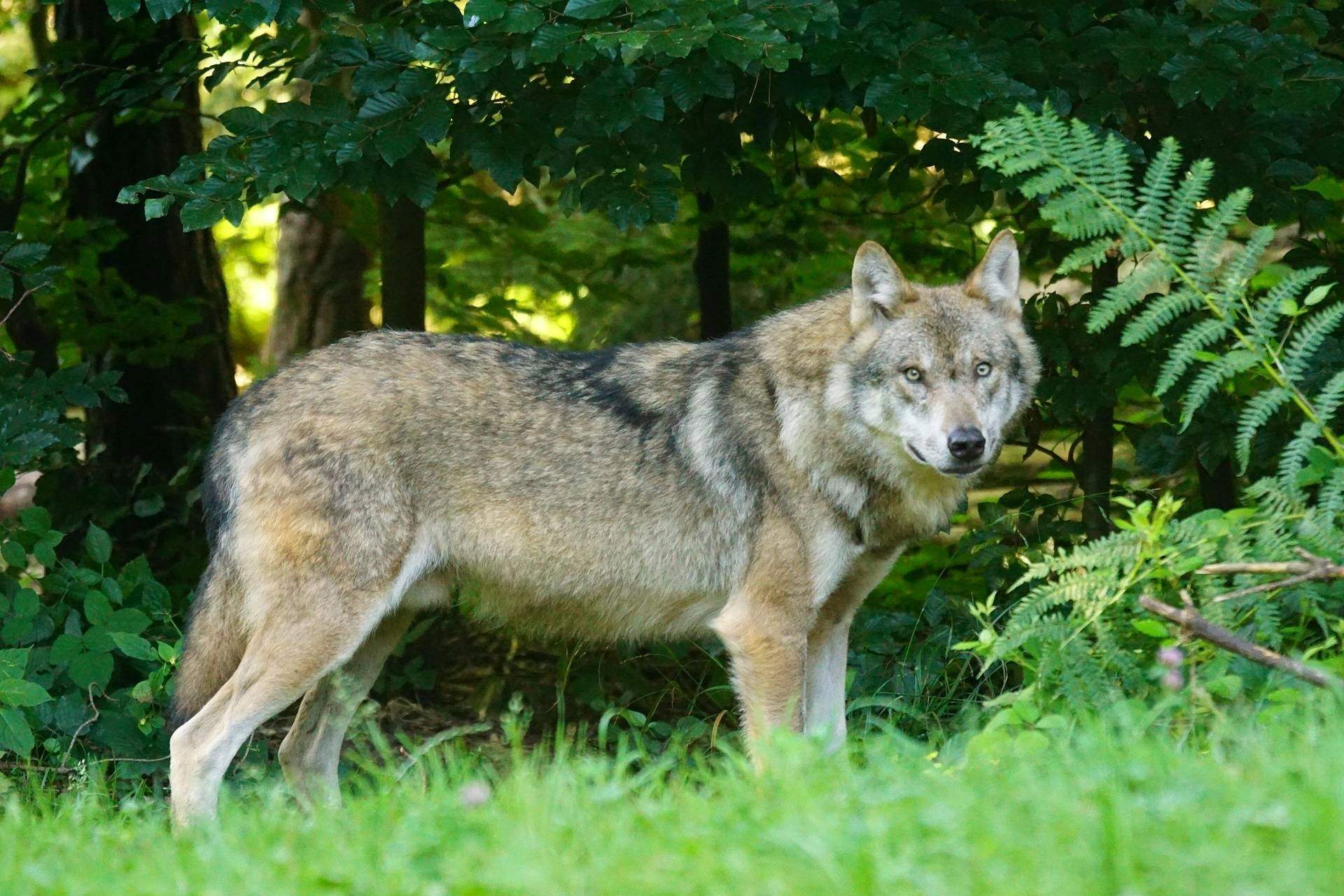
Wolves in South Tyrol are in their natural habitat, let's learn some simple rules for living together.
Marcel LangthimIf you encounter a wolf:
Wolves are naturally wary of humans and tend to avoid us, they usually sense us before we ever see them. Encounters on foot are rare; they’re more commonly spotted from vehicles. If you do see one:
- Keep your distance, stay calm, and don’t run.
- Do not attempt to attract or feed wolves.
- If you feel uncomfortable, make your presence known, talk, shout, or clap your hands, and slowly back away while maintaining eye contact.
- If a wolf approaches or follows you, stop, make yourself appear larger, shout, wave your arms, scaring it off is safer than turning your back.
“Sensitive” But Not Dangerous Wildlife 🦌
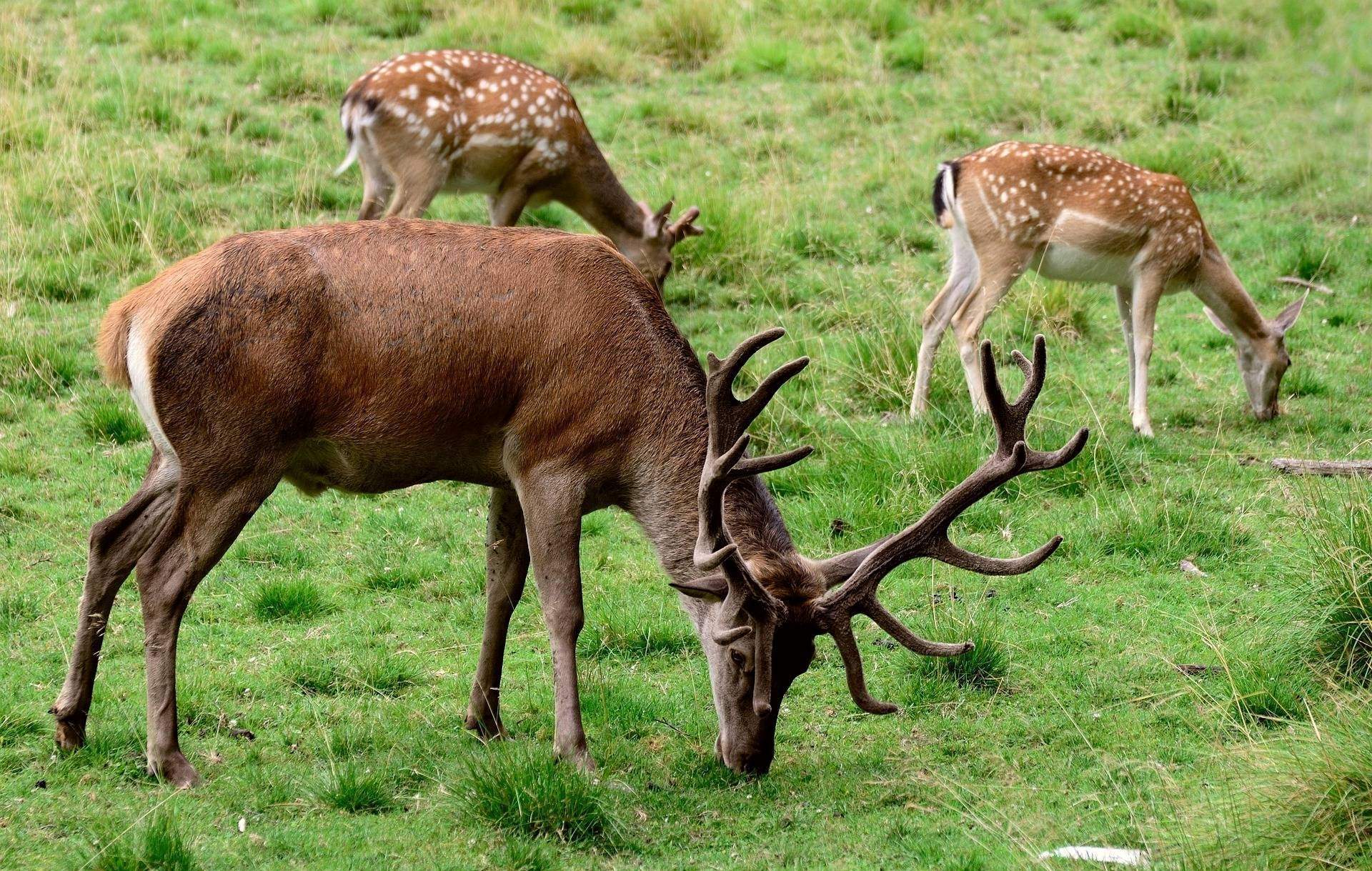
During your hikes you might happen to see a deer up close! Do you know what to do?
congerdesignDeer, Roe Deer, and Ungulates
Populations of deer and other ungulates have doubled in recent decades, and they now inhabit areas close to roads and footpaths. In areas like Upper Vinschgau Valley, Schnalstal Valley, and Pustertal Valley, night-time traffic accidents caused by animal crossings are frequent. Authorities advise keeping to a moderate speed and staying in your lane—swerving to avoid a deer can lead to losing control of your vehicle.
During hikes, if you come across deer, ibex, or chamois, stay calm and keep your distance. If you find yourself too close, take a few steps back and allow the animal to move away freely—such as giving it space on the path.
You might also come across fawns in spring or summer lying still in the grass. They’re not abandoned—the mother is nearby foraging. So no petting, feeding, or “rescuing”! Stay away and move on quietly. This goes for any other baby animals or nests too.
Other Mammals, Birds, and Insects
A peaceful walk in the South Tyrolean mountains can reveal marmots, squirrels, foxes, and protected species like the golden eagle or capercaillie, as well as rare butterflies and beetles. Maintaining a respectful distance avoids frightening or stressing wildlife, particularly during nesting or hibernation. And always—no feeding or touching!
General Behaviour to Keep in Mind
- Stay on marked trails and obey signage—going off-trail disturbs shy species and damages fragile habitats.
- Keep noise to a minimum—loud music, shouting, or camera flashes disrupt the peace and scare animals unnecessarily.
- Leave no litter or food behind—to avoid attracting predators and protect the environment.
- Wear neutral clothing and avoid strong scents—dark or natural colours blend in better and are less likely to startle wildlife.
- Dogs must be kept on a lead—not just a legal requirement, but vital for your dog’s safety and the protection of wildlife. A loose dog can provoke attacks, threaten animals, or trigger defensive behaviours. In many protected areas, unleashed dogs are banned.
- Report sightings of wolves or bears to the Forestry Department or the Hunting and Fishing Office: +39 0471 415170 / 71—this helps with monitoring and prevention.
How to Behave Around Grazing Animals
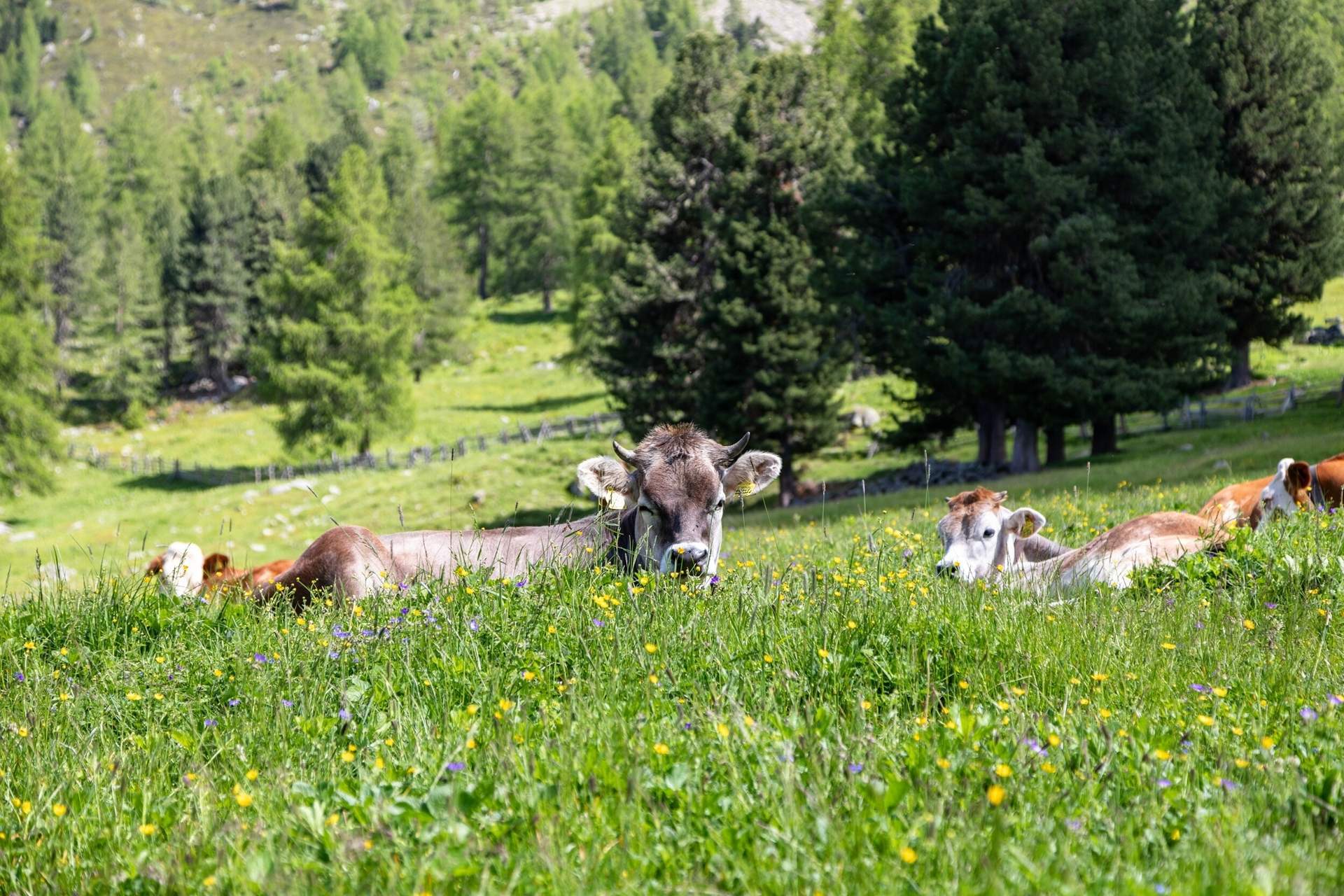
During the grazing season, not only hikers but also cows can be found on the alpine pastures in Naturns.
TG Naturns | Peter SanterIf you're hiking or cycling near grazing animals like cows or sheep, proceed calmly and respectfully. Stay on the path and don’t enter enclosed areas. Keep at least 25–30 metres away, avoid sudden movements or close-up photos—especially if calves are nearby, as mother cows are extremely protective!
If your path is blocked by a herd, don’t panic. Stop, get off your bike if necessary, and pass slowly without running. If you’re with a dog, keep it on a lead—cows and sheepdogs may see it as a threat. If an animal approaches aggressively, let the dog go (it will run away) and walk away slowly.
If animals seem agitated (bellowing, snorting, tossing their heads), calmly turn back. Never touch or feed livestock and never stand between a cow and her calf. And if you open a gate, always close it behind you. It’s a matter of respect for those who live and work there.
Harmony Between Humans and Nature: The Real Goal
In South Tyrol, tourism becomes an ethical experience only when grounded in awareness and respect. The return of wolves and bears is an ecological success—but it comes with responsibility. By adopting simple habits, like closing food containers, keeping dogs on leads, and sticking to trails, we help create a mountain environment based on genuine coexistence. Beauty should not only be admired, but protected.
Enjoy your walk—always with minimal impact and maximum respect.











